Yann Semet
INRIA Futurs
Automated Algorithm Selection for Radar Network Configuration
May 07, 2022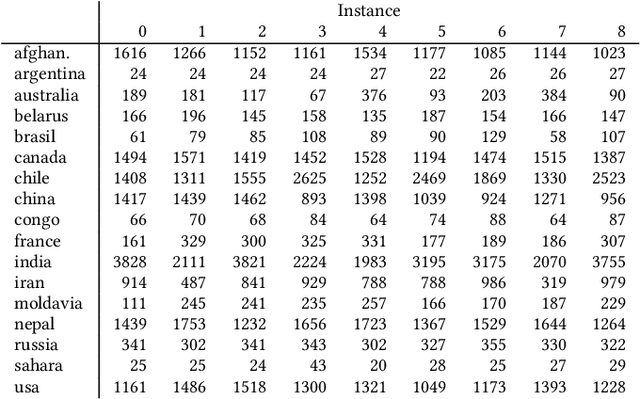
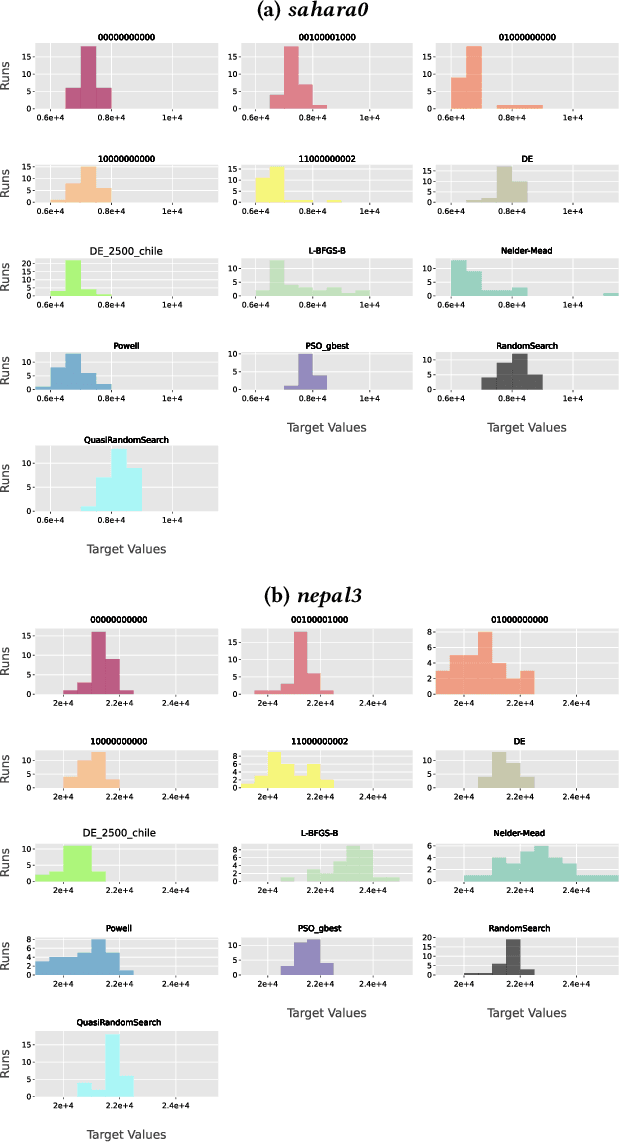

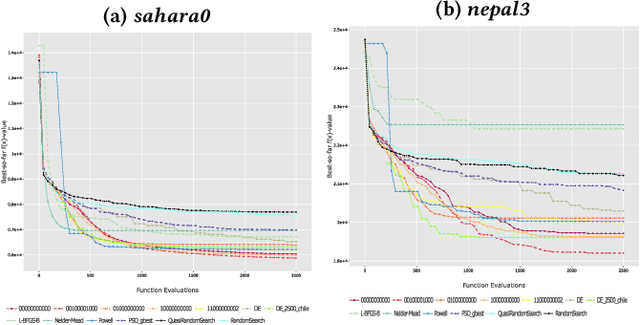
Abstract:The configuration of radar networks is a complex problem that is often performed manually by experts with the help of a simulator. Different numbers and types of radars as well as different locations that the radars shall cover give rise to different instances of the radar configuration problem. The exact modeling of these instances is complex, as the quality of the configurations depends on a large number of parameters, on internal radar processing, and on the terrains on which the radars need to be placed. Classic optimization algorithms can therefore not be applied to this problem, and we rely on "trial-and-error" black-box approaches. In this paper, we study the performances of 13~black-box optimization algorithms on 153~radar network configuration problem instances. The algorithms perform considerably better than human experts. Their ranking, however, depends on the budget of configurations that can be evaluated and on the elevation profile of the location. We therefore also investigate automated algorithm selection approaches. Our results demonstrate that a pipeline that extracts instance features from the elevation of the terrain performs on par with the classical, far more expensive approach that extracts features from the objective function.
AI-Augmented Multi Function Radar Engineering with Digital Twin: Towards Proactivity
Jun 18, 2020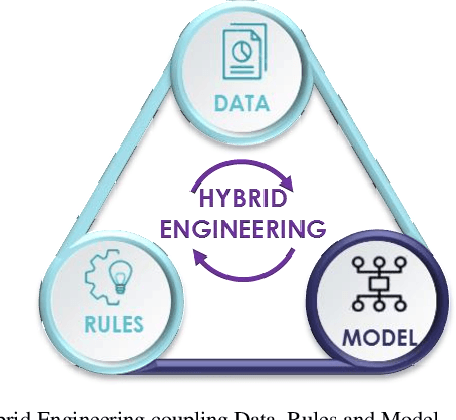

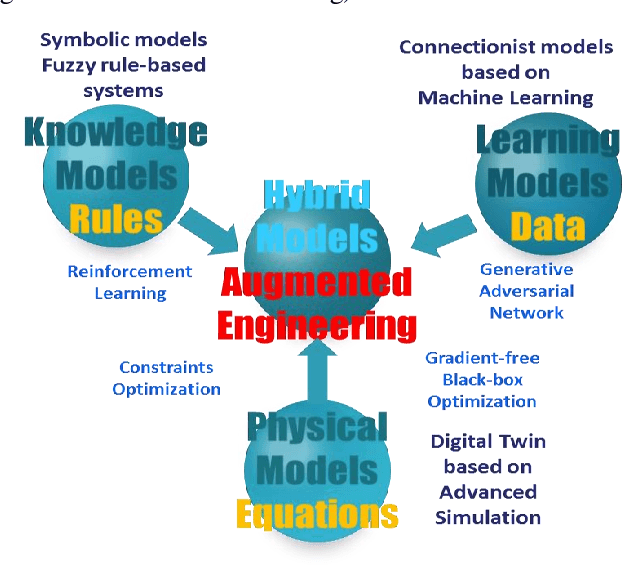
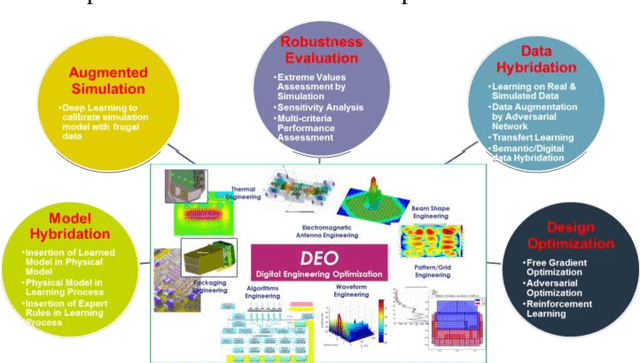
Abstract:Thales new generation digital multi-missions radars, fully-digital and software-defined, like the Sea Fire and Ground Fire radars, benefit from a considerable increase of accessible degrees of freedoms to optimally design their operational modes. To effectively leverage these design choices and turn them into operational capabilities, it is necessary to develop new engineering tools, using artificial intelligence. Innovative optimization algorithms in the discrete and continuous domains, coupled with a radar Digital Twins, allowed construction of a generic tool for "search" mode design (beam synthesis, waveform and volume grid) compliant with the available radar time budget. The high computation speeds of these algorithms suggest tool application in a "Proactive Radar" configuration, which would dynamically propose to the operator, operational modes better adapted to environment, threats and the equipment failure conditions.
On the Benefits of Inoculation, an Example in Train Scheduling
Nov 28, 2006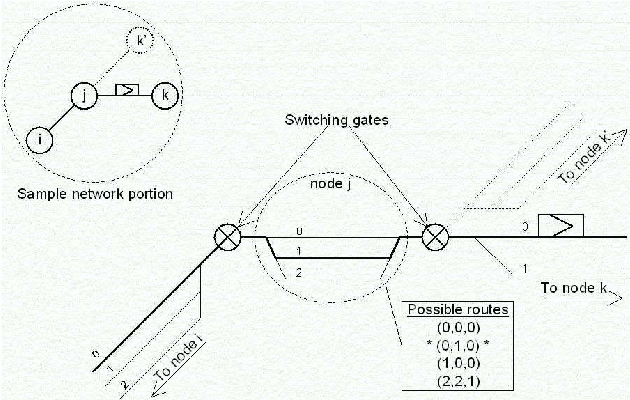
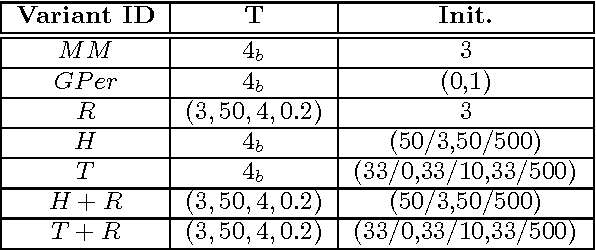
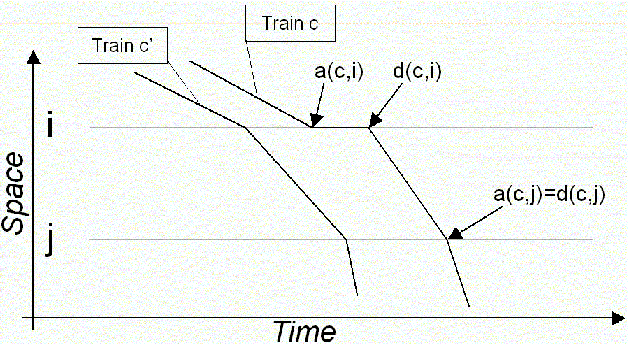
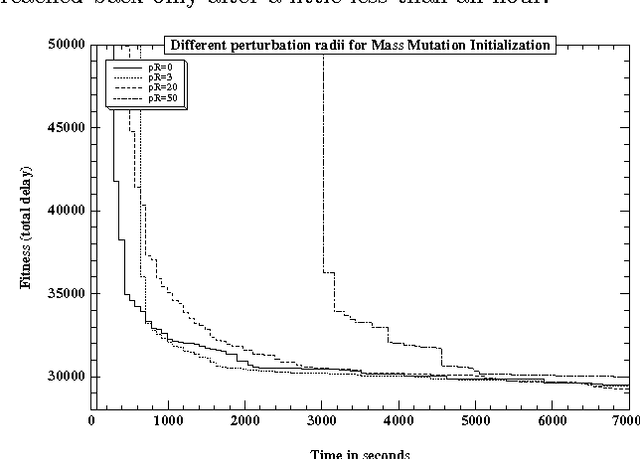
Abstract:The local reconstruction of a railway schedule following a small perturbation of the traffic, seeking minimization of the total accumulated delay, is a very difficult and tightly constrained combinatorial problem. Notoriously enough, the railway company's public image degrades proportionally to the amount of daily delays, and the same goes for its profit! This paper describes an inoculation procedure which greatly enhances an evolutionary algorithm for train re-scheduling. The procedure consists in building the initial population around a pre-computed solution based on problem-related information available beforehand. The optimization is performed by adapting times of departure and arrival, as well as allocation of tracks, for each train at each station. This is achieved by a permutation-based evolutionary algorithm that relies on a semi-greedy heuristic scheduler to gradually reconstruct the schedule by inserting trains one after another. Experimental results are presented on various instances of a large real-world case involving around 500 trains and more than 1 million constraints. In terms of competition with commercial math ematical programming tool ILOG CPLEX, it appears that within a large class of instances, excluding trivial instances as well as too difficult ones, and with very few exceptions, a clever initialization turns an encouraging failure into a clear-cut success auguring of substantial financial savings.
Artificial Agents and Speculative Bubbles
Nov 28, 2005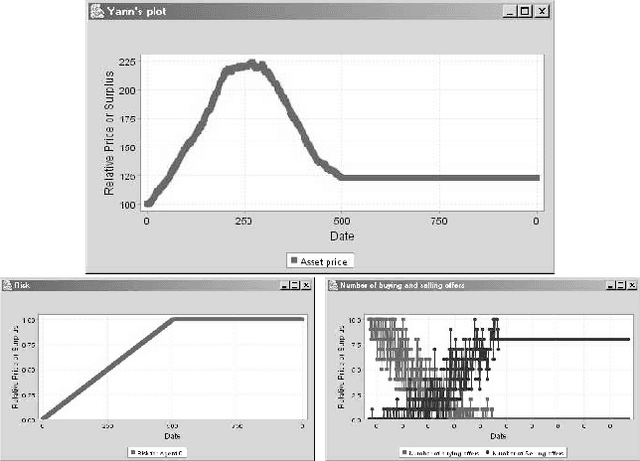
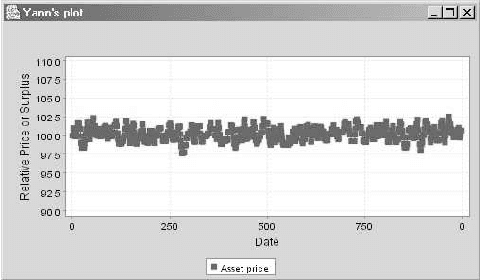
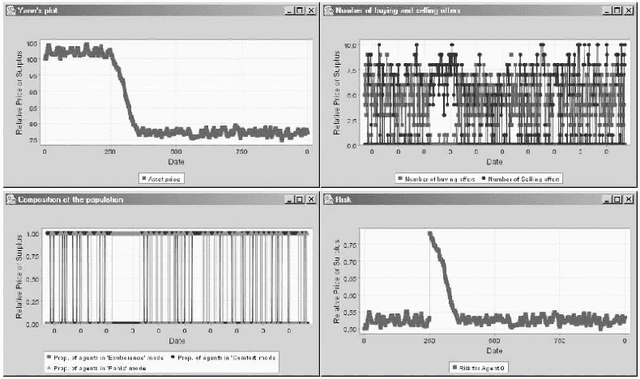
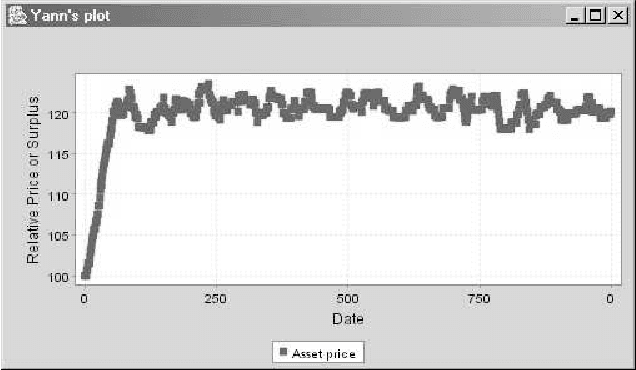
Abstract:Pertaining to Agent-based Computational Economics (ACE), this work presents two models for the rise and downfall of speculative bubbles through an exchange price fixing based on double auction mechanisms. The first model is based on a finite time horizon context, where the expected dividends decrease along time. The second model follows the {\em greater fool} hypothesis; the agent behaviour depends on the comparison of the estimated risk with the greater fool's. Simulations shed some light on the influent parameters and the necessary conditions for the apparition of speculative bubbles in an asset market within the considered framework.
An efficient memetic, permutation-based evolutionary algorithm for real-world train timetabling
Oct 31, 2005
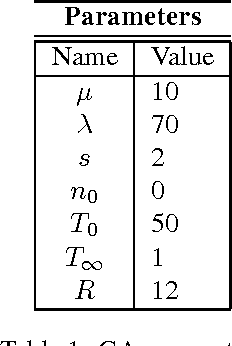
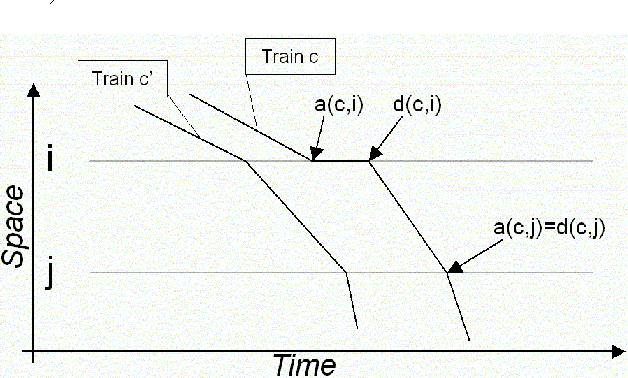
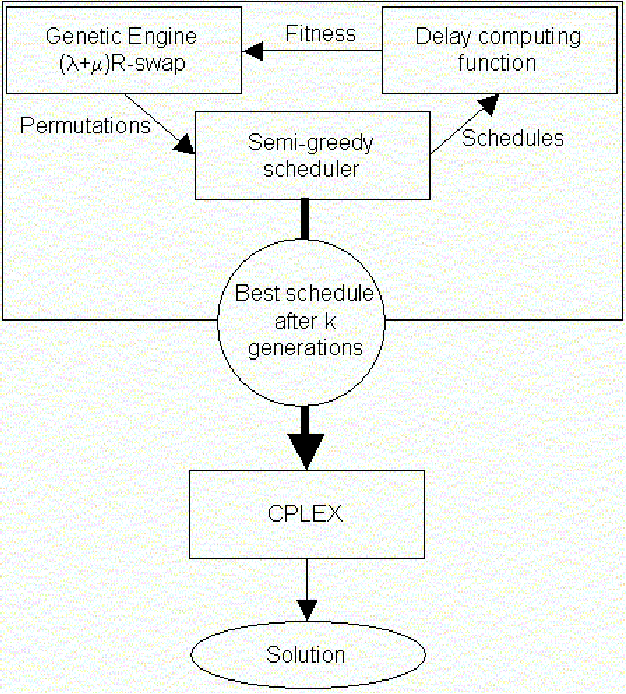
Abstract:Train timetabling is a difficult and very tightly constrained combinatorial problem that deals with the construction of train schedules. We focus on the particular problem of local reconstruction of the schedule following a small perturbation, seeking minimisation of the total accumulated delay by adapting times of departure and arrival for each train and allocation of resources (tracks, routing nodes, etc.). We describe a permutation-based evolutionary algorithm that relies on a semi-greedy heuristic to gradually reconstruct the schedule by inserting trains one after the other following the permutation. This algorithm can be hybridised with ILOG commercial MIP programming tool CPLEX in a coarse-grained manner: the evolutionary part is used to quickly obtain a good but suboptimal solution and this intermediate solution is refined using CPLEX. Experimental results are presented on a large real-world case involving more than one million variables and 2 million constraints. Results are surprisingly good as the evolutionary algorithm, alone or hybridised, produces excellent solutions much faster than CPLEX alone.
 Add to Chrome
Add to Chrome Add to Firefox
Add to Firefox Add to Edge
Add to Edge